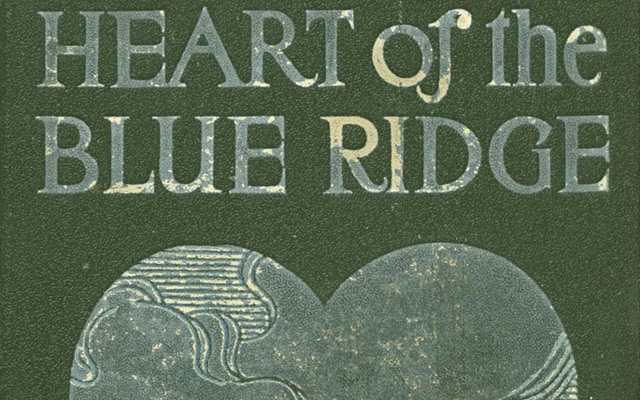Leech jar
- Title
- Leech jar
- Description
- Medicinal leeches were used as a natural “cure – all” for a wide variety of illnesses until the early 20th century. Today, leeches are used in more specific ways, such as to prevent gangrene and to treat black eyes. Leeches are useful to doctors because their saliva contains an anticoagulant (a substance that prevents blood clots), a vasodilator (a substance that widens blood vessels) and a local anesthetic. Leeches have these qualities because they are sanguivorous, meaning that they get their nourishment from sucking blood. In the 1800s, doctors, barbers, and others who were responsible for treating people with leeches kept their live leeches in ornate jars like this one. This jar may have originally had a lid that could be put on top to keep the leeches inside. The bottom of the jar has a maker’s mark that reads “Rosema[n].”
- Date
- 1800-1899
- Original Format
- medical equipment
- Extent
- Local Identifier
- Country Doctor Museum
- Subject(s)
- Medicine--North Carolina--History--19th century
- Apothecary jars--North Carolina
- Leeches--North Carolina
- Location of Original
- Country Doctor Museum
- Rights
-
This item has been made available by The Country Doctor Museum for use in research, teaching, and private study. Researchers are responsible for using these materials in accordance with Title 17 of the United States Code and any other applicable statutes. For information regarding reproduction, please contact The Country Doctor Museum at hslcdm@ecu.edu;
http://rightsstatements.org/vocab/InC-EDU/1.0/ - Permalink
- https://digital.lib.ecu.edu/14375
- Preferred Citation
- Cite this item
- This item
-
 Leech jar
Leech jar
- My Collections Login
- Printable Feedback Form
- Found in theme/project
-
 Health and Medicine
Health and Medicine
-
 North Carolina History and Fiction Collection
North Carolina History and Fiction Collection
Related Search Results
Public access is provided to these resources to preserve the historical record. The content represents the opinions and actions of their creators and the culture in which they were produced. Therefore, some materials may contain language and imagery that is outdated, offensive and/or harmful. The content does not reflect the opinions, values, or beliefs of ECU Libraries.
Contact Digital Collections
If you know something about this item or would like to request additional information, click here.
Comment on This Item
Complete the fields below to post a public comment about the material featured on this page. The email address you submit will not be displayed and would only be used to contact you with additional comments or questions.


